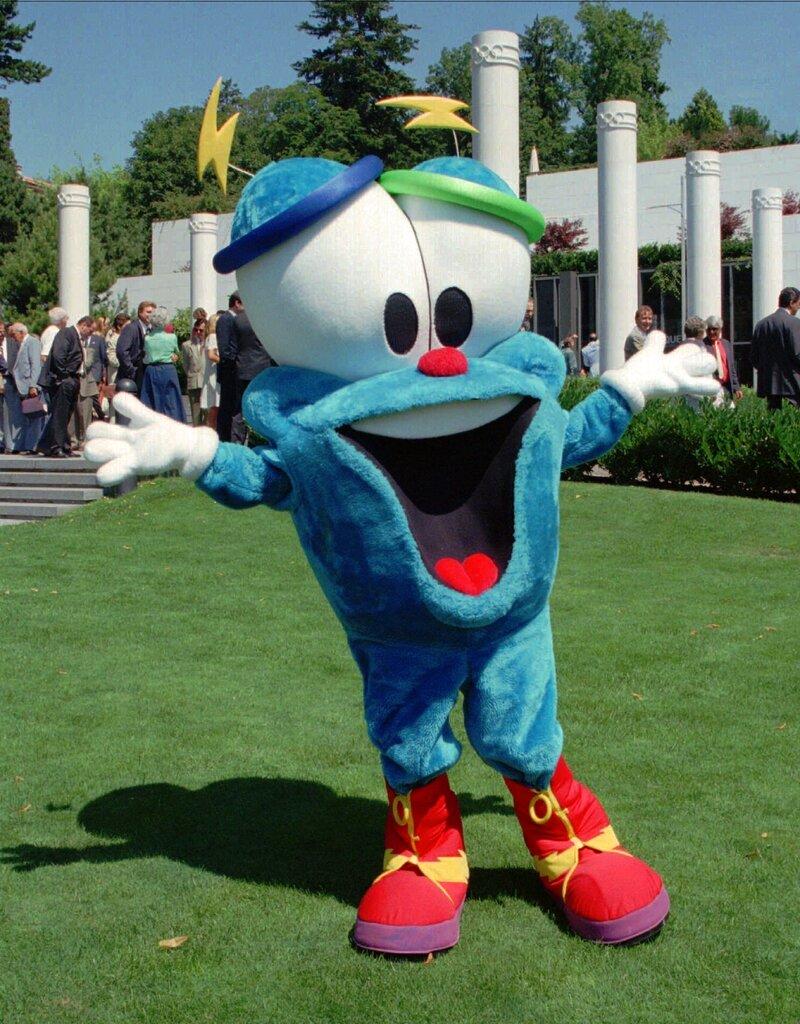
Caption
In this July 19, 1995, file photo, Izzy, the mascot of the Olympic Games of Atlanta 1996, dances in front of the Olympic Museum in Lausanne, Switzerland. The much-hated blob that represented the 1996 Atlanta Games has been supplanted by the mascot for the Paris Olympics — a Phrygian cap.
Credit: AP Photo/Donald Stampfli, File


